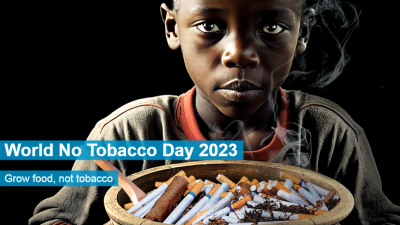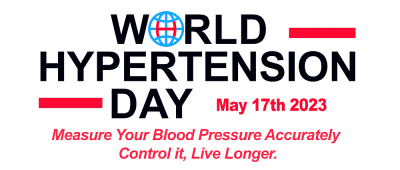
Work was stressful, it’s late and you are tired. Fast food drive-thru seems like the most convenient and easiest choice.
In our study of the geographical clustering of body mass index (BMI) among adults in Malaysia, clusters of high BMI among men were found at suburban areas with moderate and high access to fast food restaurants.
As most men are employed, they tend to spend more time outside with long working hours, where eating out and greater processed food intake becomes inevitable. This, coupled with greater access to restaurants, lowers the frequency of home-cooking.1
When eating away from home, eating decisions tend to be spontaneous, quick, influenced by appetite, financial constraints and whether the environment facilitates spending towards healthy or unhealthy diets.2
The availability, accessibility and affordability of unhealthy foods makes eating unhealthily easier and reinforces its preferences and demands, thus creating a vicious cycle of an unhealthy environment where the appetite control system is de-sensitized.3
Therefore, weight management can be challenging in an environment that belittles the willpower to eat healthily.
In Malaysia, fast food consumption is prevalent among rural (32.7% once a month), suburban (17.4% at least once a week) and urban (25% more than four times per month) communities, especially among university students.4, 5, 6
At the same time, only 5% of our population eat five servings of fruits and vegetables daily as recommended.7
Habitual fast food consumption is associated with taste preference for fried and sweet foods, higher calorie intake, higher intake of sugary beverages and lower intake of wholegrain, fruits and vegetables, throughout the remainder of the day and even on a non-fast food day.8
Meals from fast food restaurants are mostly high in calorie, fats, including trans-fatty acids and salt where beverages are the largest driver of differences in calories.
Frequent and long-term consumption of these foods strengthens the expression of obesity-related genetic variants and increases the risk of diabetes, metabolic syndrome and cardiovascular disease.9
Besides chronic inflammation, fast food consumption also impairs the host defense against viruses, increasing the risk for severe Covid-19 morbidity and mortality.10
Therefore, in conjunction with World Obesity Day, let’s all focus on creating a healthier food environment.
Besides fast food franchises, all restaurants are also responsible. Here are some recommendations:
1. Fast food industry should make healthier options available at all times, e. corn, fruits and vegetable salad, low-fat milk, wholemeal buns, granola, plain water, non-caloric beverages, etc.
2. Restaurants must reduce the amount of sugar and salt used in their cooking and food preparation, besides offering fruits, vegetables and whole grain in the menu.
3. Customers must make their demand for healthier food choices known to the industry.
Obesity is a public health war which we cannot afford to lose. It takes collaborative effort to fight a challenge so great.
References:
- Pinho, M.G.M., et al., Spatial access to restaurants and grocery stores in relation to frequency of home cooking. International Journal of Behavioral Nutrition and Physical Activity, 2018. 15(1): p. 6.
- Pitt, E., et al., Exploring the influence of local food environments on food behaviors: a systematic review of qualitative literature. Public Health Nutrition, 2017. 20(13): p. 2393-2405.
- Hawkes, C., et al., Smart food policies for obesity prevention. Lancet, 2015. 385(9985): p. 2410-21.
- Abdullah, N.N., et al., Fast Food Consumption and Obesity. Asian Journal of Quality of Life, 2017. 2(6): p. 11-17.
- Azizan, N.A., et al., Does a low-income urban population practice healthy dietary habits? Int Health, 2018. 10(2): p. 108-115.
- Pasi, H., Z.M. Isa, and S.A. Shah, Prevalence of Health Related Behaviors among Rural Community in Malaysia. International Medical Journal, 2015. 22(3): p. 116-121.
- Institute for Public Health, M.o.H.M., National Health and Morbidity Survey 2019.
- Overcash, F., et al., Evening Meal Types and Family Meal Characteristics: Associations with Demographic Characteristics and Food Intake among Adolescents. Nutrients, 2020. 12(4): p. 886.
- Li, M. and Z. Shi, Ultra-Processed Food Consumption Associated with Overweight/Obesity among Chinese Adults-Results from China Health and Nutrition Survey 1997-2011. Nutrients, 2021. 13(8).
- Bohlouli, J., et al., COVID-19 and Fast Foods Consumption: a Review. International Journal of Food Properties, 2021. 24(1): p. 203-209.

(Kimberly Wong Yuin Y’ng, PhD candidate; Professor Dr. Moy Foong Ming, Department of Social & Preventive Medicine, Faculty of Medicine, Universiti Malaya.)
ADVERTISEMENT
ADVERTISEMENT








































